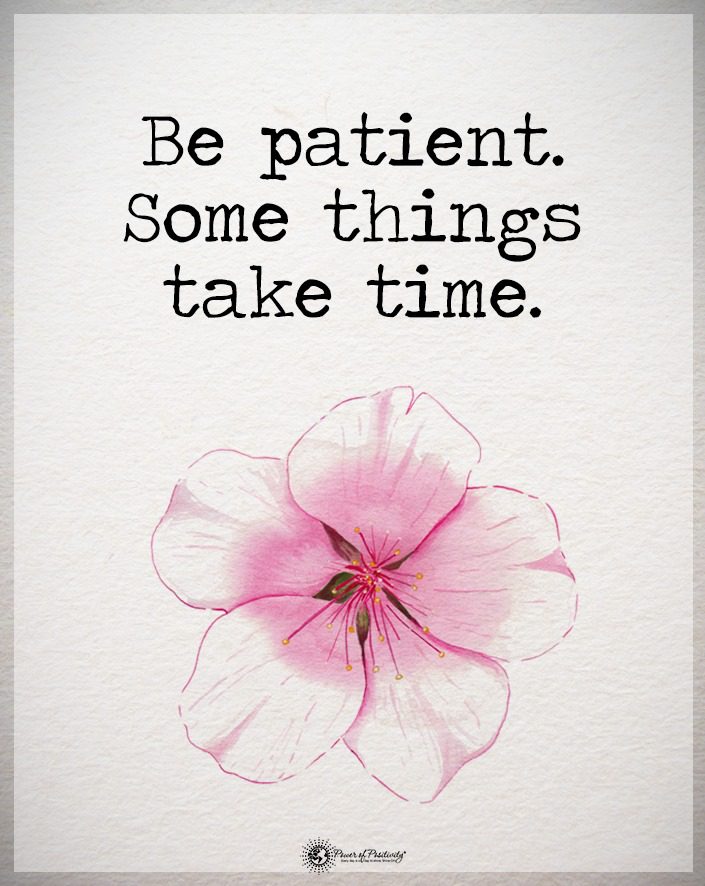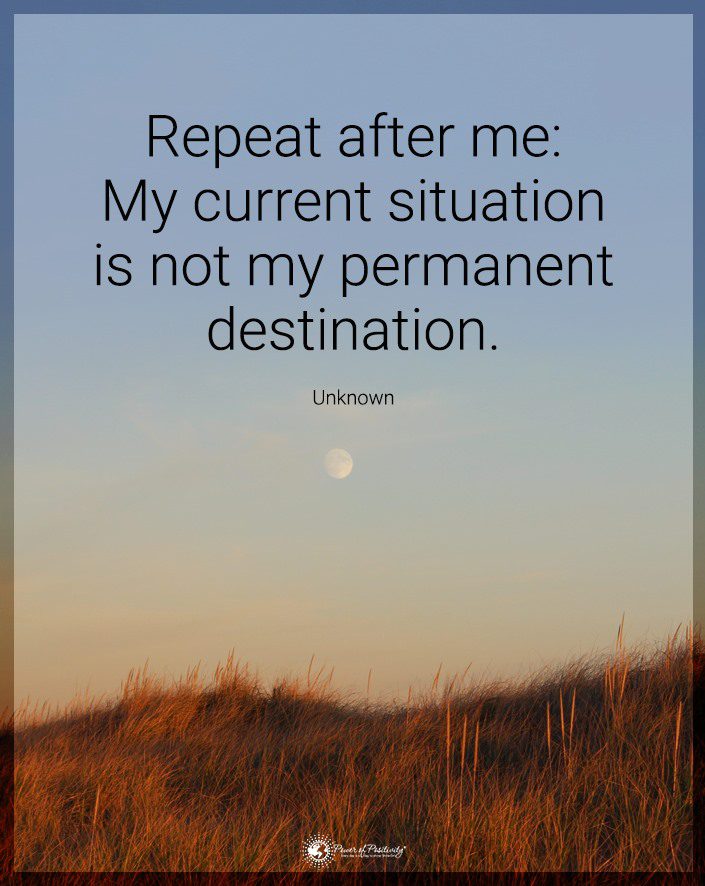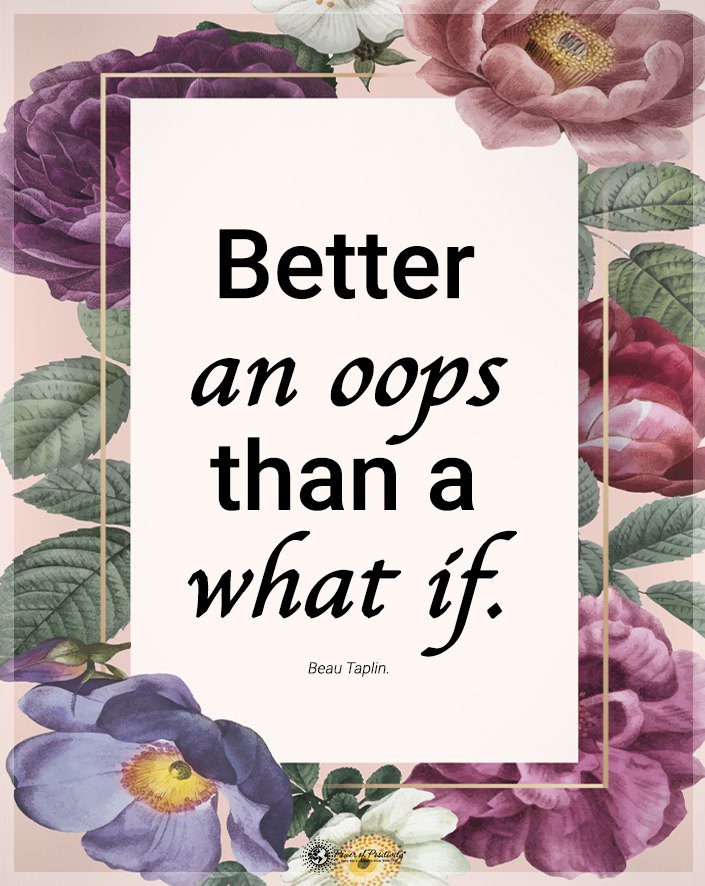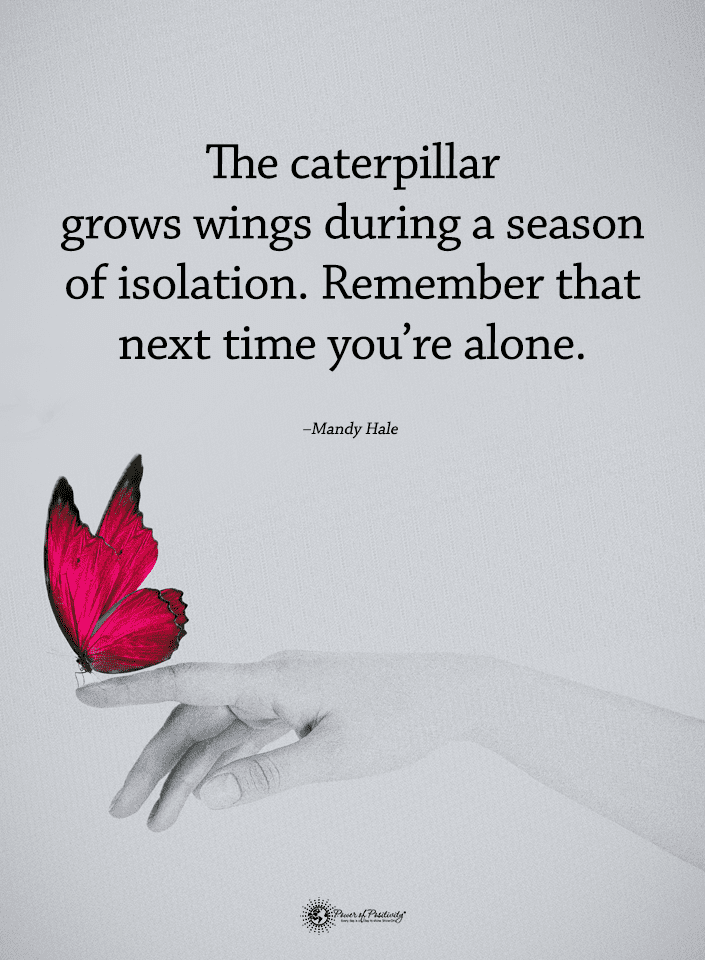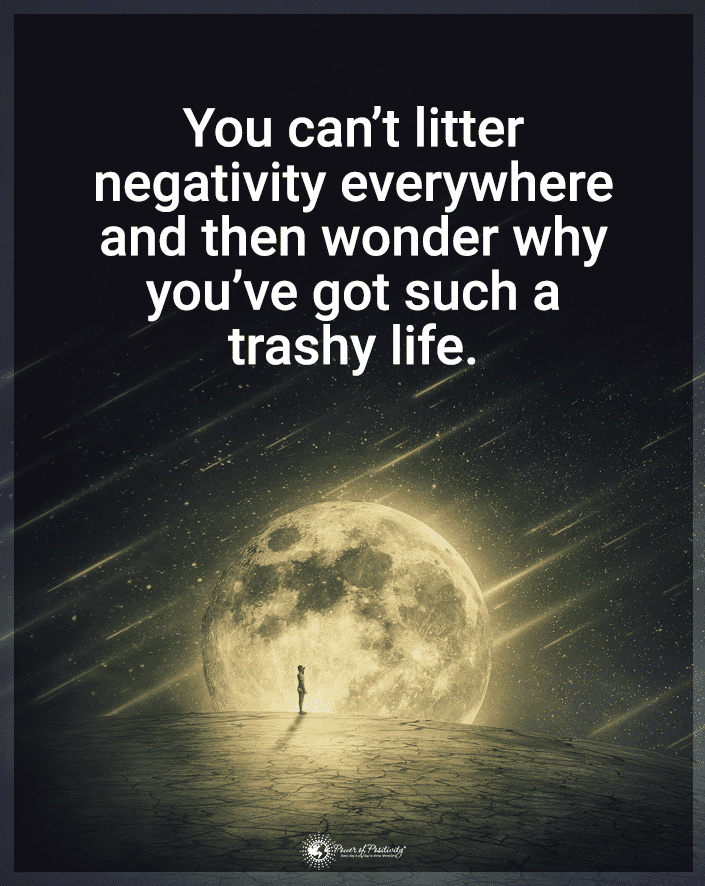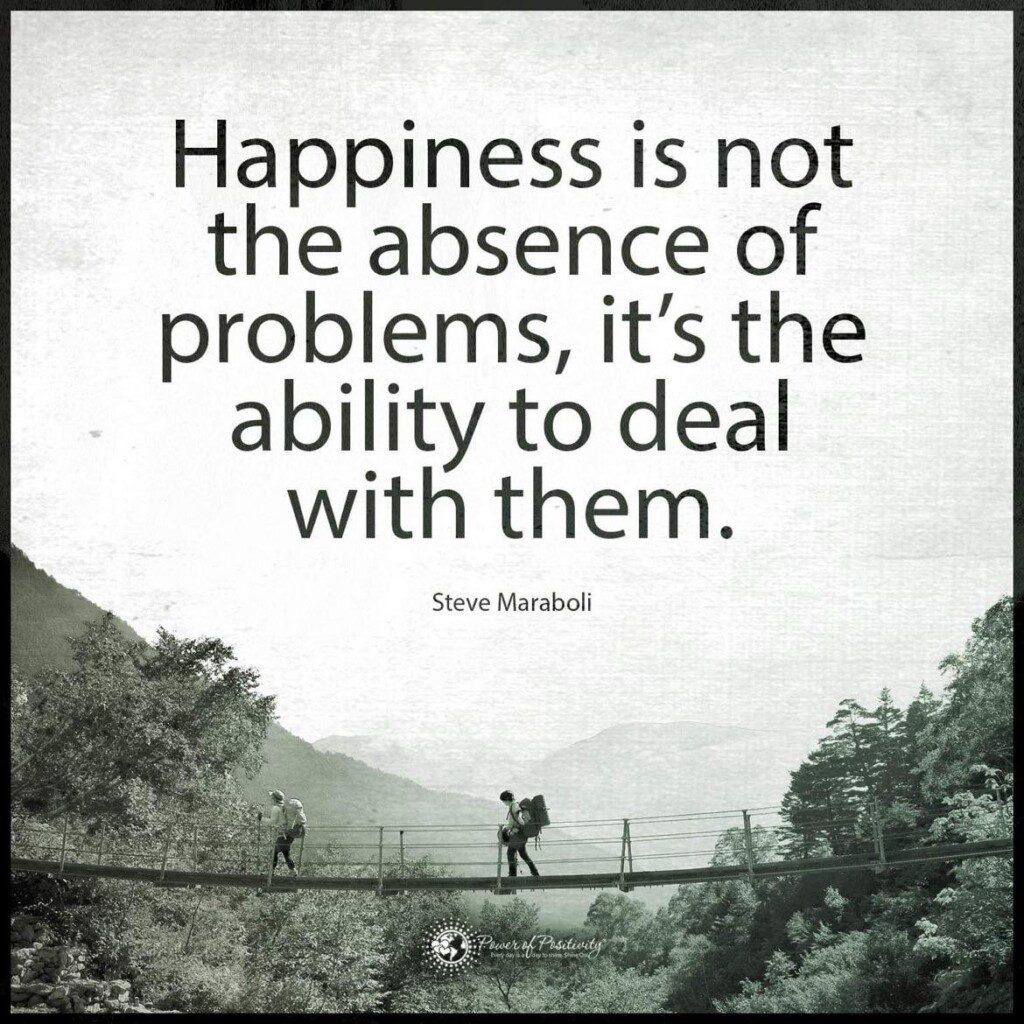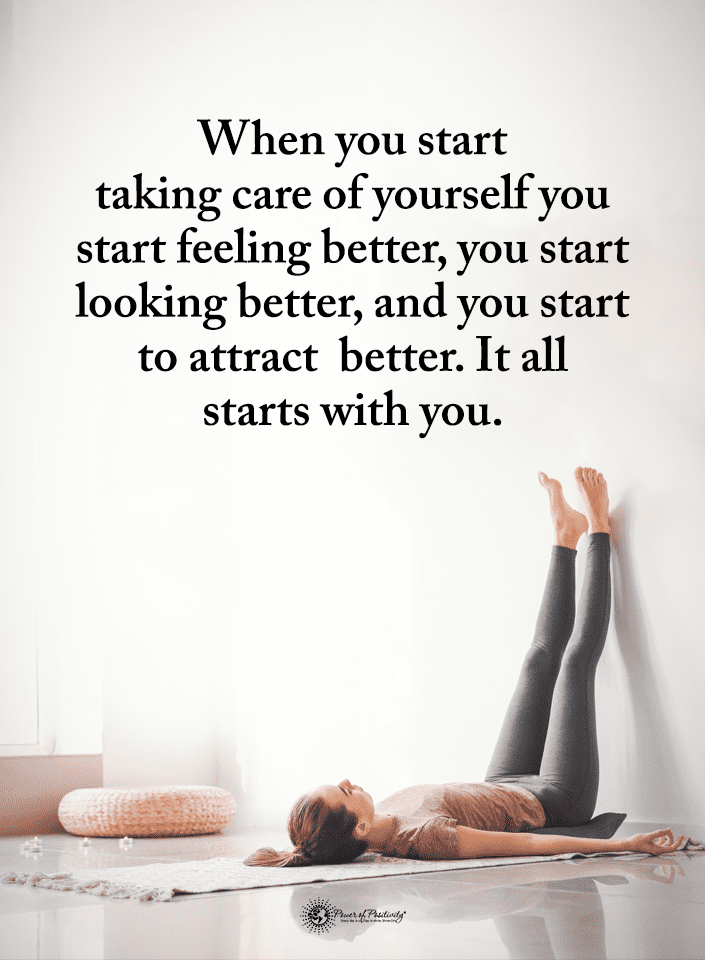Here’s how to tell someone who flirts with your partner to get lost.
Some people are highly attractive to others – so much so that people can’t resist their allure. But if your partner is such a person, it can hurt when someone else flirts with them.
But that’s not uncommon – and it’s not your partner’s fault. They can’t help the unwanted advances. Perhaps they are too polite to rebuff them or don’t know how to respond. This behavior is all about that other person.
In the dating pool, many fish swim about, each with their desires, intentions, and motivations. But occasionally, a curious fish is drawn not to the open waters. Instead, this predator seeks the glittering scales of another’s catch. It’s a dance as old as time: someone making advances on someone already spoken for. Why does this happen?
Why are some individuals magnetically pulled towards those who are already in the embrace of another?
It’s a mix of the thrill of the chase, the allure of the forbidden, and the siren call of ego. Dive deep with us as we explore the art of witty comebacks for those moments when someone tries to reel in your catch.
Understanding the currents that drive these situations navigating them with grace, humor, and some finesse, is essential. So, ready to make some waves? Let’s plunge in.
The Thrill of the Chase: Why Someone Flirts With Your Partner
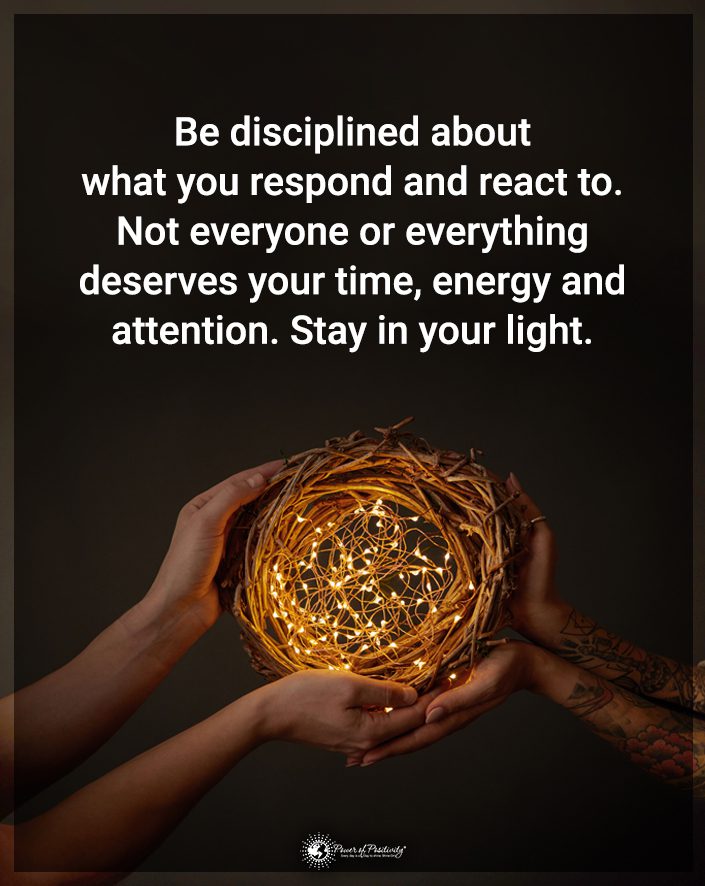
Understanding these motivations isn’t about placing blame or passing judgment. It’s about gaining insight into the complex web of human desires and emotions.
Some Flirts Have the Forbidden Fruit Effect
The allure of the unattainable has always been a potent force in human behavior. Just as Adam and Eve longed for the one fruit they couldn’t have, some individuals find themselves irresistibly attracted to someone off-limits.
This “forbidden fruit effect” can make pursuing someone already taken seem even more exciting and enticing. The idea that something is prohibited or out of reach can amplify its desirability, turning a simple attraction into an irresistible challenge.
Some Flirts Need an Ego Boost
For some, romance and attraction is less about genuine connection and more about a game of validation. Successfully drawing the attention of someone in a relationship can be a significant ego boost. It’s a way of affirming one’s desirability. It also reinforces their prowess in the dating arena. In their minds, if they can “win over” someone already in a relationship, it speaks to their charm and appeal.
Some Flirts Crave Validation and Self-worth
Deep-seated insecurities can drive individuals to seek external validation in various ways. For some, attracting someone who’s already committed becomes a way to fill a void or address a lack of self-worth. Even a fleeting moment of attention from someone else’s partner can provide a temporary sense of validation, making them feel wanted and valued, even if it’s just for a moment.
Some Flirts Enjoy the Competition
The competitive spirit isn’t limited to sports arenas or boardrooms. Some individuals thrive on the thrill of competition in their romantic pursuits. The idea of “outshining” someone’s current partner, proving themselves to be the “better” or more attractive option, can be a driving force. It’s not just about the person they’re pursuing. Rather, they want to prove a point and emerge victorious in this self-imposed contest.
Some Flirts Don’t Know Fantasy vs. Reality
Often, the allure lies more in the idea of a relationship than in the actual person. Someone who flirts with committed individuals might be more enamored with the fantasy they’ve built in their minds than with the actual individual. The thrill of the chase, the imagined romance, and the potential drama can be more enticing than the reality of being with that person.
While every individual and situation is unique, recognizing these patterns can help us navigate relationships with empathy and grace.
Twelve Comebacks When Someone Flirts With Your Partner
Here are the witty responses that let someone know your partner is off-limits.
1 – “Looks like someone’s got good taste, huh?”
This comeback is a masterclass in subtlety. Instead of directly confronting the flirtatious individual, it acknowledges the situation light-heartedly. By stating that the person has “good taste,” you’re giving a nod to your partner’s attractiveness, which is likely the reason for the flirtation in the first place.
At the same time, using the word “someone” serves as a gentle reminder that you see them without calling them out by name. The playful nature of this response defuses potential tension, allowing you to assert your position without escalating the situation.
2 – “Oh, I see you’ve met my better half!”
This response is both playful and direct. By referring to your partner as your “better half,” you immediately establish your relationship with them. The term “better half” is commonly understood to mean a spouse or significant other, so its use here clearly indicates your bond.
Additionally, the phrase carries a sense of endearment and closeness, subtly reminding the other person of the depth and significance of your relationship. While the tone is light, the message is clear: this person is essential to me, and we are a unit.
3 – “Careful, they’re a handful – I would know!”
This comeback is a blend of humor and intimacy. By saying “they’re a handful,” you’re playfully alluding to your partner’s vibrant personality or quirks, which you’re familiar with due to your close relationship. Adding “I would know” emphasizes your unique and personal knowledge of your partner. That’s a gem of knowledge that the flirtatious individual doesn’t have.
It’s a way of asserting closeness and history with your partner without being confrontational. The humor in this comeback lightens the mood, but the underlying message is one of connection and familiarity.

4 – “I don’t blame you; I fell for that charm too.”
This response is both understanding and assertive. By starting with “I don’t blame you,” you’re showing empathy and acknowledging the allure of your partner. It means saying, “I see what you see, and I get it.” However, the latter part, “I fell for that charm too,” is where the assertion comes in.
It’s a gentle way of marking territory, reminding the other person that you’ve noticed your partner’s charm and acted on it, resulting in your current relationship. It’s a graceful saying, “I’ve been where you are. But I’m the one who’s with them now.”
5 – “Did you two go to the same flirting school? Because that line sounds familiar!”
This comeback is cheeky and light-hearted, making it an excellent choice for diffusing a potentially tense situation. You’re playfully pointing out the flirtation without being confrontational. Thus, you suggest the flirtatious individual’s approach is familiar or clichéd.
The humor in this line breaks the ice, but it also subtly communicates that you’re aware of what’s happening and are confident enough to joke about it. It’s a way of taking control of the situation by steering the conversation in a direction that’s comfortable for you.
6 – “It’s cute how you think you’re the first to try that line on them.”
This response is a tad more direct but still maintains a playful tone. By saying, “It’s cute,” you’re gently teasing the other person for their flirtatious attempt, suggesting that it’s somewhat naive or innocent. However, the real message lies in the latter part of the comeback. By implying that others have tried and presumably failed with similar lines in the past, you’re subtly reminding the individual of your partner’s loyalty and commitment to you. It’s saying, “Many have tried, but here we are, still together.” The overall tone is light. But the underlying message shows confidence in your relationship’s strength.
7 – “I’d watch out; they have a type, and it’s [insert your own name].”
This comeback is both humorous and assertive. You’re playfully asserting your unique position in their life by suggesting that your partner has a specific “type” and that you fit the bill. The personalized touch of inserting your name adds a layer of intimacy. It also emphasizes the special bond you share with your partner.
You say, “They’ve made their choice, and it’s me.” While the tone is light and playful, the message is clear: you’re confident in your partner’s preference for you.
8 – “You’re brave! I remember when I had to compete for their attention too.”
This response is a blend of camaraderie and gentle teasing. Acknowledging the other person’s “bravery,” you recognize their effort, even if it’s misplaced. However, the latter part of the comeback is a gentle reminder of your successful history with your partner. It’s saying, “I’ve been in your shoes. But I emerged victorious.”
The overall tone is understanding, but there’s an underlying message of confidence and assurance in your relationship’s foundation.
9 – “Flattery will get you everywhere, but not with them – they’re taken!”
This comeback is direct but maintains a playful edge. Starting with “Flattery will get you everywhere,” acknowledges the other person’s attempt at charm or compliment. However, the twist in the latter part, “but not with them – they’re taken,” serves as a clear boundary setter. It’s a way of appreciating the effort but firmly establishing that your partner is off-limits. The response strikes a balance between recognizing the flirtation and setting clear boundaries, all while keeping the mood light.
10 – “I see you’ve got an eye for quality. Can’t blame you!”
This response is gracious and complimentary. By acknowledging that the other person has “an eye for quality,” you credit them for recognizing your partner’s worth. It’s sending the message, “I see what you see, and I value it too.” However, the underlying message is pride and appreciation for your partner.
While nodding to the other person’s good taste, you subtly assert that you have already won your partner’s heart. The tone is understanding and appreciative. But it also hints at playful possessiveness.
11 – “You know, they say imitation is the sincerest form of flattery. Thanks for admiring my choice!”
This comeback is clever and turns the tables on the situation. Instead of focusing on the other person’s flirtation, it shifts the attention to your choices. By suggesting that the other person’s interest is a form of “imitation,” you’re playfully implying that they’re following in your footsteps.
The response tells someone who flirts, “I made a great choice, and it’s clear you see that too.” It’s a confident and witty way to acknowledge the situation without being confrontational, all while emphasizing your good judgment.
12 – “I’d be careful; they have a knack for spotting genuine intentions.”
This response is a subtle warning wrapped in a compliment to your partner. By suggesting that your partner can discern “genuine intentions,” you highlight their ability to see through superficial advances. It says, “They know what’s real and what’s not.”
The comeback serves as a gentle reminder to the other person that your partner will not respond to flirtation. While the tone is calm and composed, the underlying message is trust in your partner’s judgment and a hint for the other person to tread carefully.
Final Thoughts on Comebacks When Someone Flirts With Your Partner
In the sea of dating and relationships, it’s common to encounter various marine inhabitants, each with their own intentions. While many fish swim freely, admiring the beauty around them, there are always a few predators lurking. These species cannot resist the allure of another’s catch.
But just as the ocean’s depth and vastness hold many mysteries, so does the bond between two individuals. Love is a connection that goes beyond the surface. It blossoms from shared experiences, trust, and mutual understanding. As we navigate these waters, it’s essential to remember that while admiration for other fish is natural and sometimes even flattering, the true treasure lies in the heart of the one you’ve chosen to swim beside.
So, with wit, grace, and a touch of humor, we can keep our love safe, ensuring that no predator can come between our unique bond, no matter how crafty. After all, in this vast ocean, it’s not about finding the most fish but cherishing the one that makes every wave worth riding.


